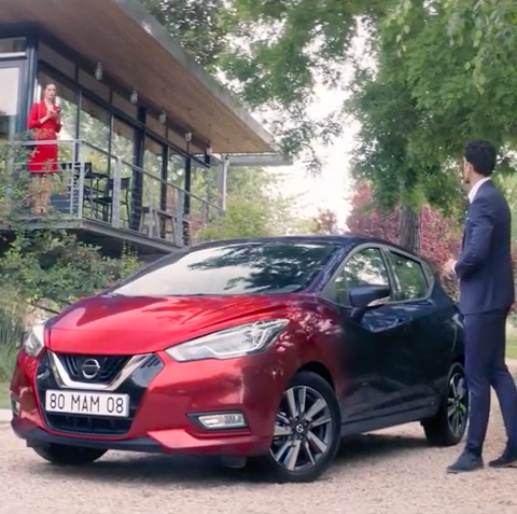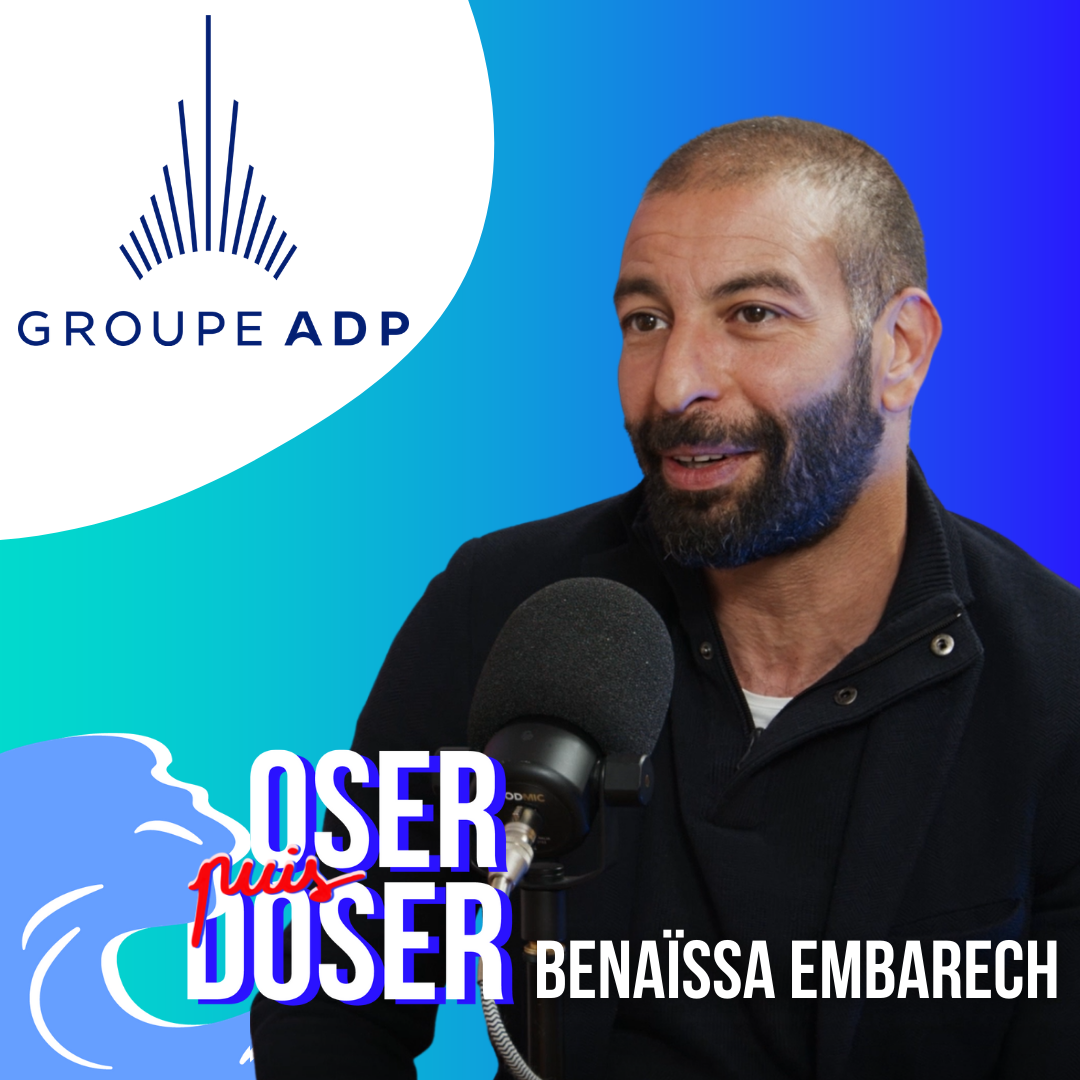Every year, Nissan Europe runs a competition called the Chairman’s Innovation Awards. It is open to all employees who want to propose new ideas for Nissan. A few years back, John Ferguson, a British technical architect, proposed a technology that allows customers to change the colour of their car whenever they want. John won the Chairman Innovation Award. John’s idea was incubated in Nissan Innovation Lab where the Innovation Coach guided John to explore his idea using the Lean Startup approach.
Lean Startup sees an idea as a stack of hypotheses hiding the risks behind the project. The approach requires identifying those hypotheses and confronting them with reality to see if the idea can stand. In John’s project, the two initial biggest risks were posed by the technical feasibility and the customer’s desirability for such a feature. Was there a market for his idea?
With no previous experience of innovation projects, the Lean Startup approach gave John a structured methodology to guide him forward. And it was a huge help he says: “I very quickly saw the benefit of Lean Startup. The coaches explained how this was going to work and gave me deadlines, things to deliver, which I really needed. It would have been quite difficult without it.”
On the technical side
For technical feasibility, John found a company developing an e-ink technology. “I went out to different companies, made contact with them. We settled on one company to provide a prototype.”
On the market side, there were 3 big business risks:
- we didn’t really know who the customers are
- we didn’t know if they really have a strong need
- we didn’t know what the customer would commit to
John had to figure out who was interested in his new feature. Who wants to change the color of their car with a simple mobile app? And more importantly, who will pay for it and how much? John drafted about 10 canvases with possible customer profiles and the pain point that this technology can address. After a quick prioritization exercise, it was time to get out of the building and confront his understanding with the reality. He went down the street to meet car buyers: “The hardest part of the whole activity was when I ended up in the street and talked to people. That will live with me for a long time. I still have nightmares of standing on the street corner of London, trying to stop people to see if they want to buy. But it was the true gold.”
He asked about the challenges of buying a car, trying to grasp the influence the colour has when buying a car. It was not about asking leading questions but rather about giving the person a chance to open up and explain what they found frustrating when buying a car.
“One of the biggest learnings the coach gave me was: you don’t go up to a customer and say “Would you buy this?” because the customer will say “yes” because he wants to please you. So, what you get is a kind of positive distortion of the truth. If you then say to them: “Ok then, give me the money now.”, they would say “Oh no!”.
People were talking to John and saying things like: “I spend 2 hours a day inside my car, I don’t care how it looks like outside”, or: “I just want a black car because I don’t want to have to wash it.”
Those interviews brought new perspectives and a refined understanding of the customer’s needs. John decided to focus on one specific customer segment: the fashionista who would like the color of their car to match their style of the day.
To probe that segment, John got a video produced to show the product in action: a TV advert based on the idea that the customer was able to accessorise the car to their outfit. The actress in the advert is wearing a red dress. She walks outside; her car is blue. She pulls out her cell phone, opens up an app and chooses the colour red. And the car turned to red.
The video was broadcasted on the Nissan Facebook page. John analysed the results: ”There wasn’t any kind of strong indicators that people were clambering for this. The idea itself just wasn’t as strong as we thought it was.”
It requires a lot of courage to be able to say: “Well I had this idea, but in light of certain facts, it’s not a good idea to go for.” There is never any certainty with a new product.
John reflected on his experience: “I found an appreciation for failure, positive failure. I didn’t want to have to spend millions to realise that this thing wasn’t going to sell. You do feel disappointed, but at the same time, it’s a learning experience. There have been times in the last year where I’ve reflected on it and wondered: what if we had tried with a different persona in the video rather than focus on fashionista? Would we had gotten a different answer? And you can play this game forever. There was enough evidence to suggest that there wasn’t a business case. One of the things the coaches told me is: “Even if it fails, you’ve succeeded because what you’ve done was proving (in this case disproving) an assumption. You’ve avoided the company wasting a great deal of money, time and effort.” Which is exactly what Lean Startup is all about.
So, a positive failure. Was the coaching helpful? John told the coaches: “The danger is when the consultant wants to please you because he knows you’re paying him. But you weren’t afraid to say to me: “No John. What are you going to deliver this week? What are your assumptions?” You were really pushing me out of my comfort zone because I did not come from a business background. And I appreciated that. It really helped me. You took me through processing, and I think you judged me right, pretty early on, you knew how far you can push me and when to step back. And I think it worked very well. It was a really positive experience.”
When John was in the Nissan Innovation Lab, he was coached by the TangoStart.com team: Iain Wallace and Franck Debane


